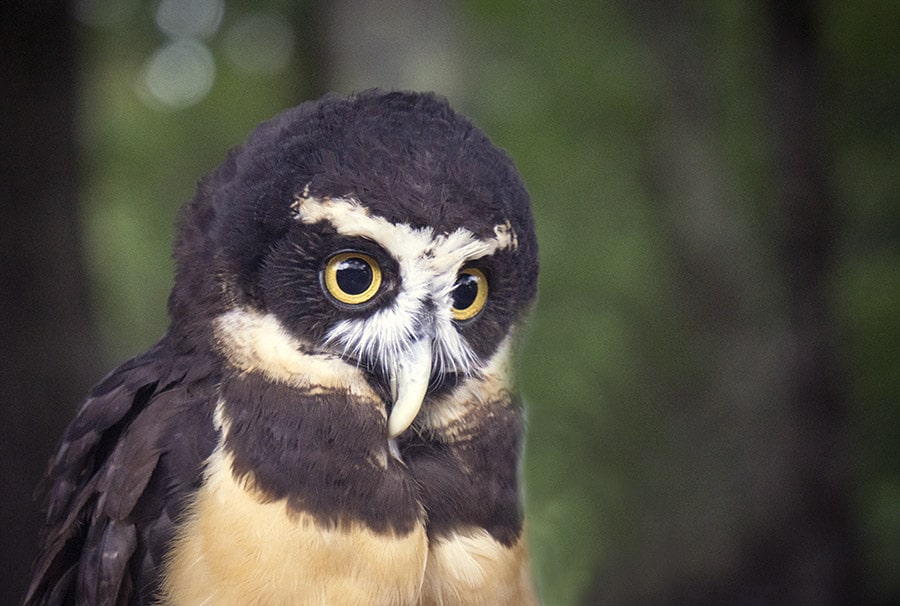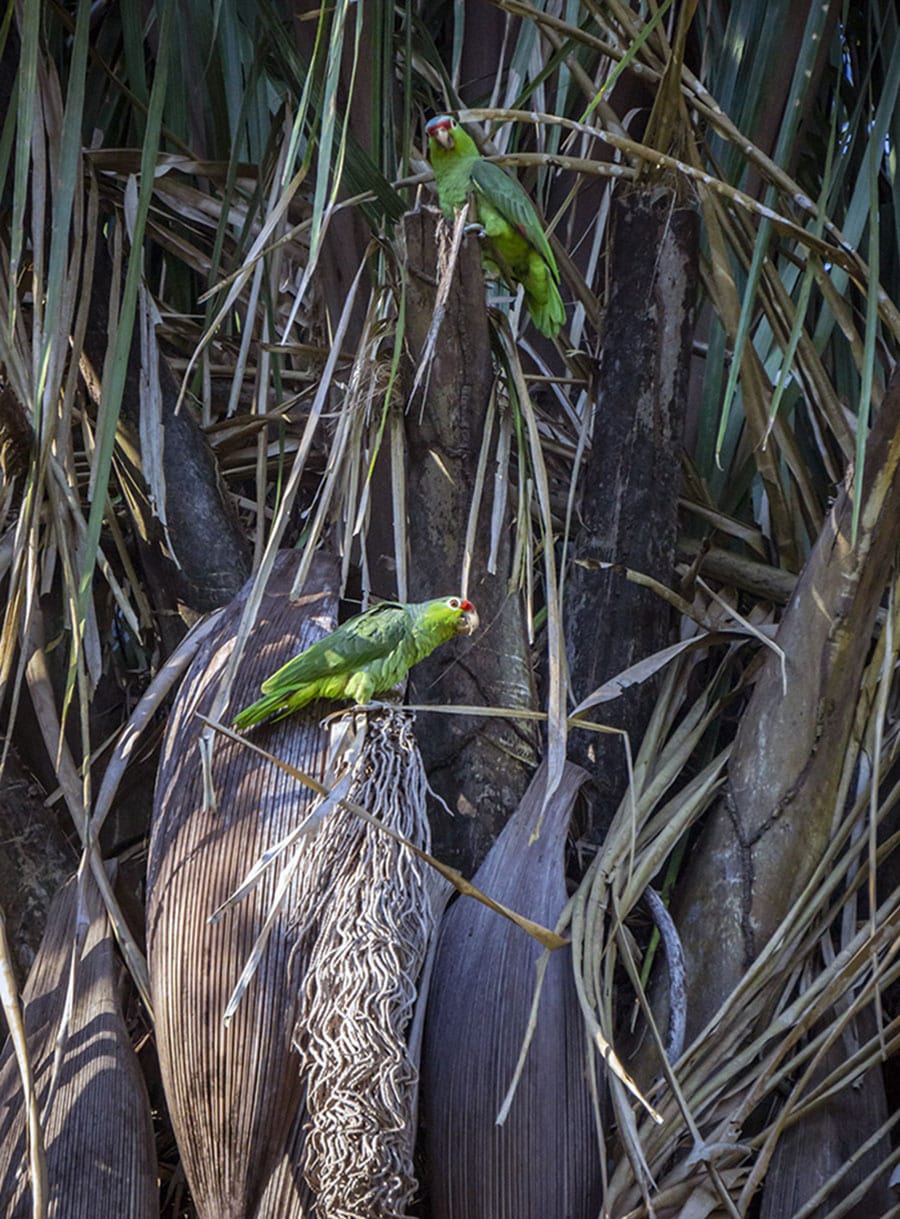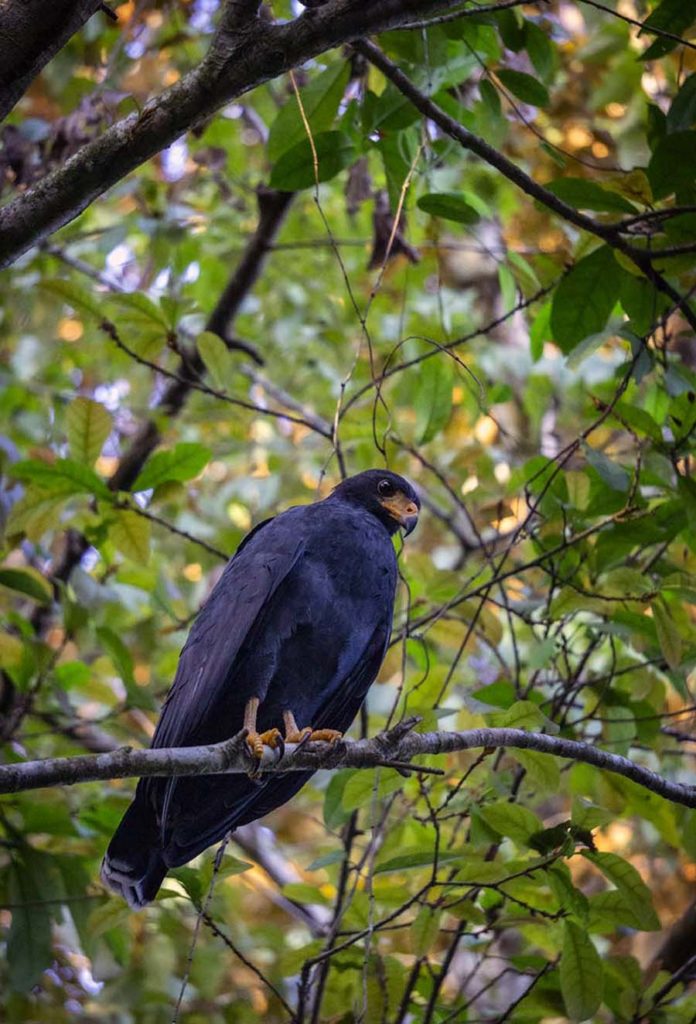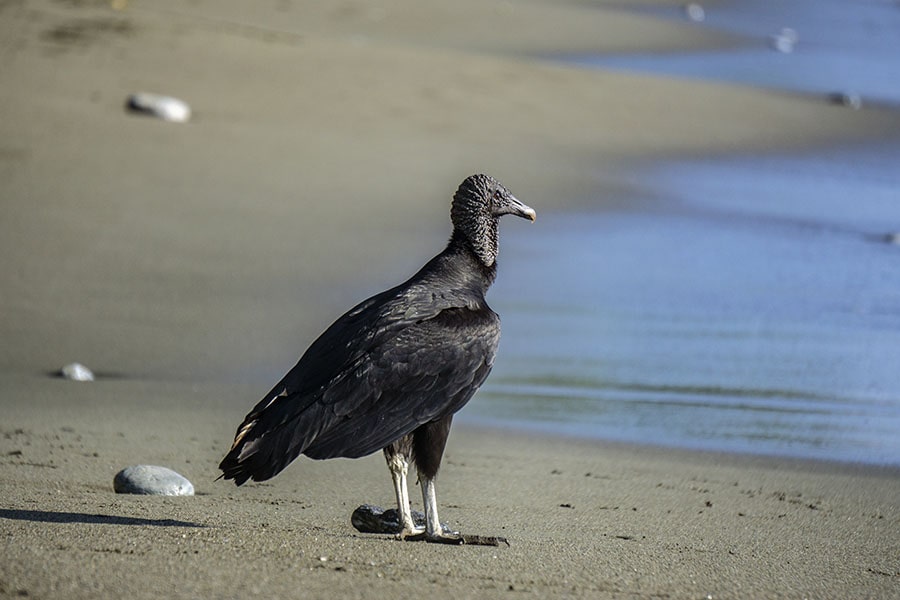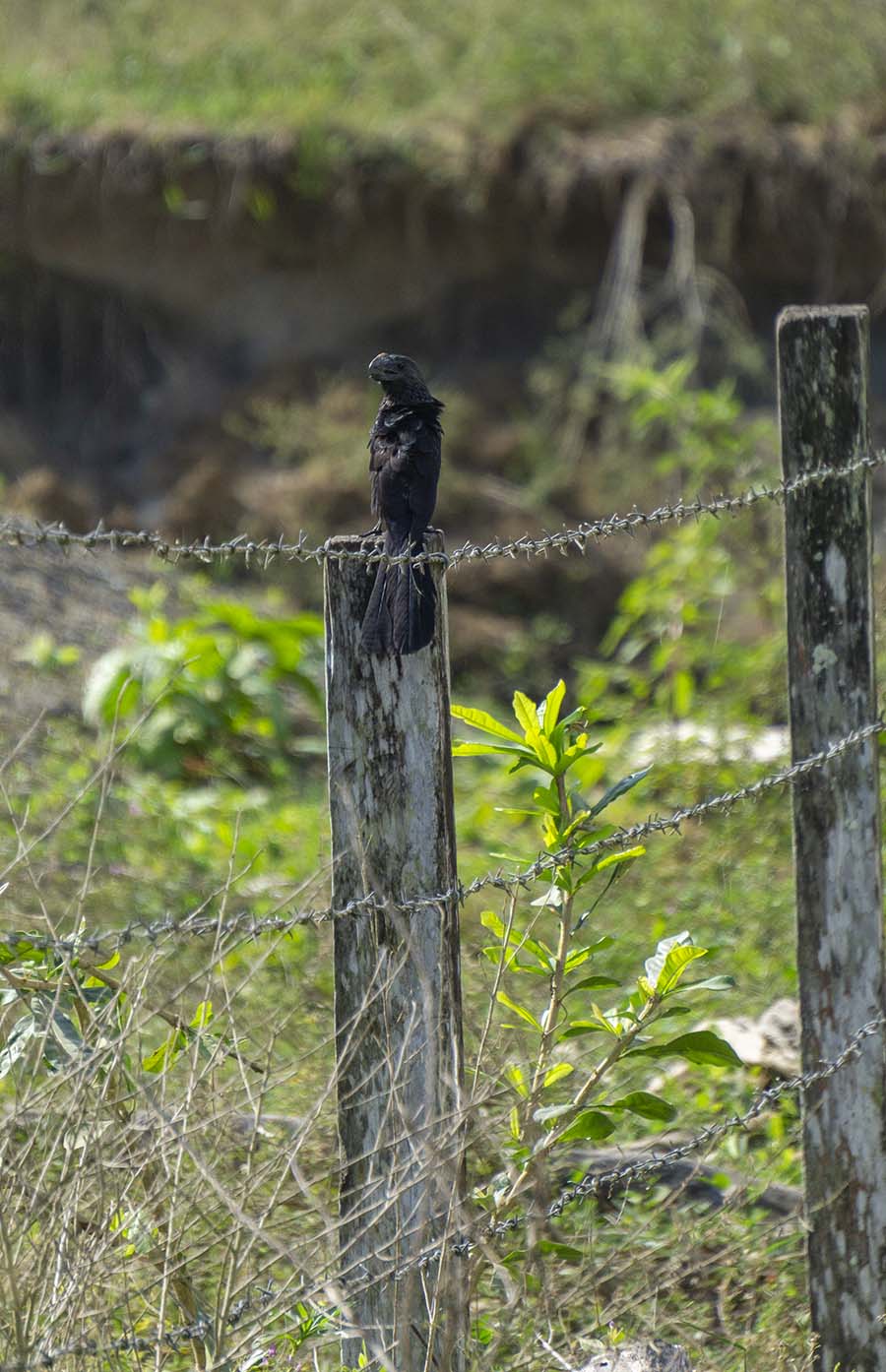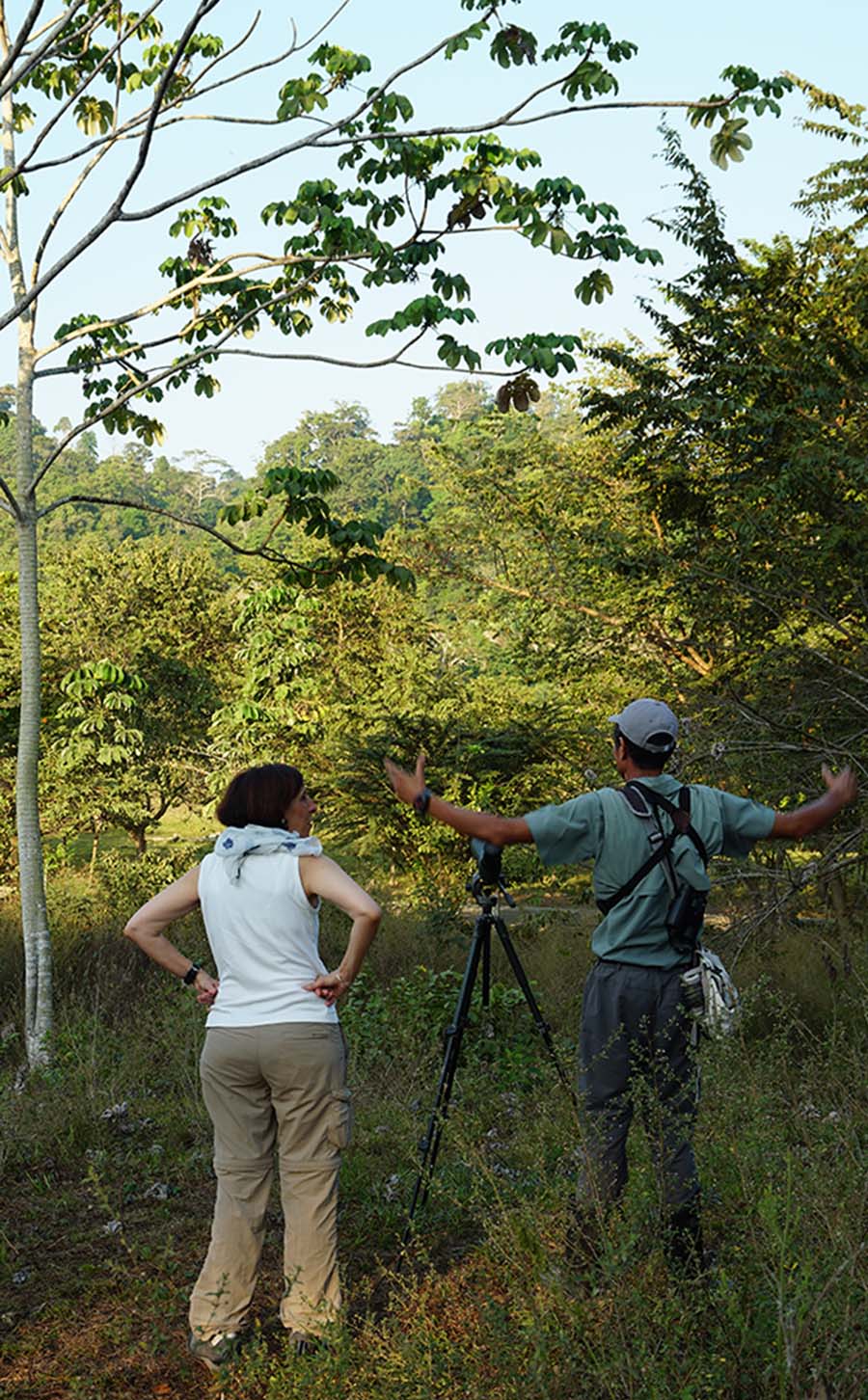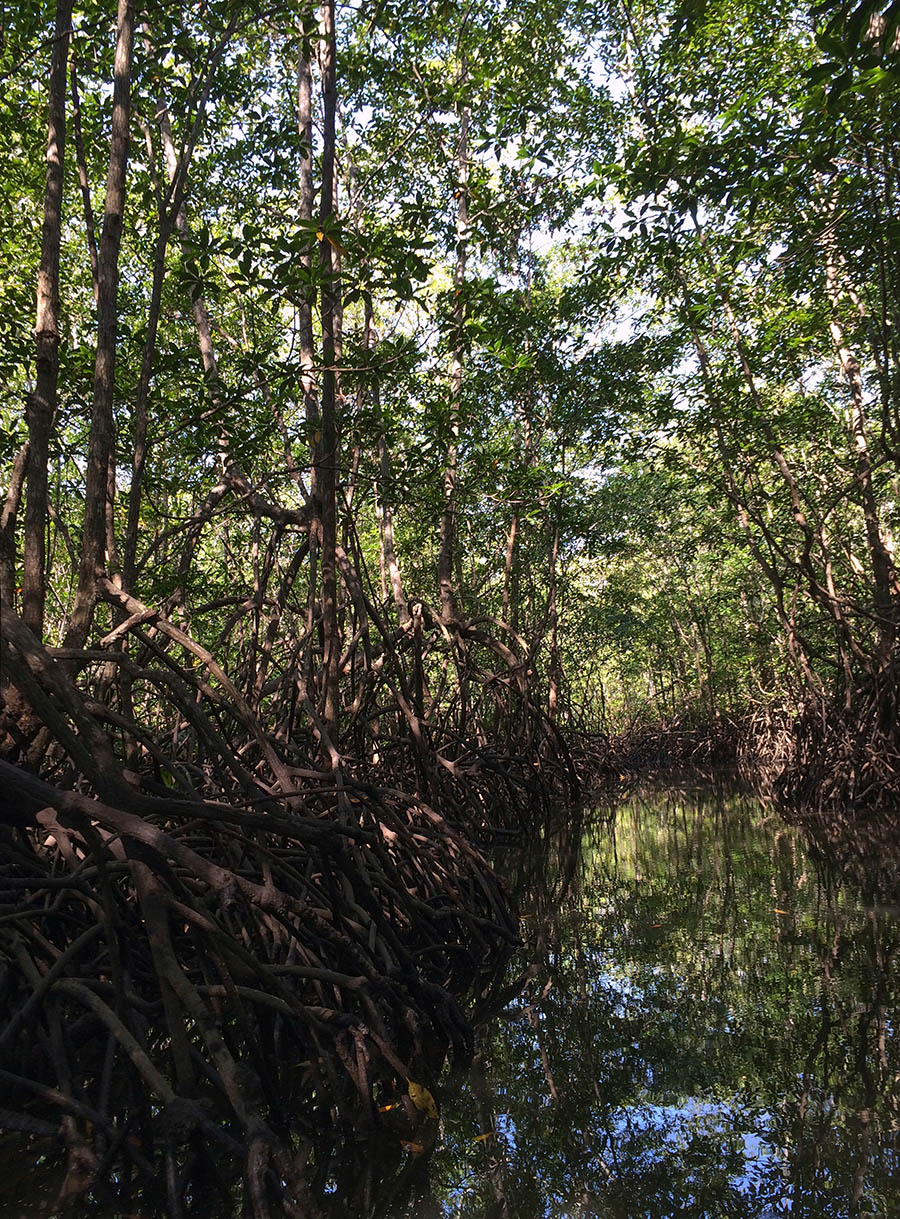Osa Peninsula is a wildlife paradise and a magnet for naturalists around the world. Whether you are a casual birdwatcher (like us) or a hard-core birder with a long list of “lifers”, the charismatic avifauna of this remote corner in the Southern Costa Rica will not disappoint. Below is a brief recount of our “semi-organized” bird-watching experiences around Matapalo Beach on the southeastern tip of the Osa Peninsula.
On a recent trip to Southern Costa Rica, we used every opportunity to explore local bird communities of the areas we visited. Two of the most recent bird-watching highlights include Los Cusingos Neotropical Bird Sanctuary (founded by Alexander Skutch, a prominent American botanist-turned-ornithologist) and the Resplendent Quetzal Tour to the cloud forest of Las Tablas Protected Area.
The last week of that vacation was spent on the remote Osa Peninsula, and, naturally, birdwatching was on our “to-do-list”. The Osa Peninsula bird list (compiled by Osa Conservation) is long, with close to 400 different species (see some Osa Peninsula bird pictures here). Being “opportunistic” birdwatchers, we opted for one guided tour with Lapa Rios Ecolodge, leaving the rest in the hands of karma and pure luck. Want to know how we did? Read on.
Birds around our Matapalo Eco-Villa in Lowland Rain Forest
Our solar-panel-powered Airbnb rental “villa” was in a secluded area, in between the beach and the main road. Surrounded by a garden with pineapples, banana plants and coconut palms, it attracted plenty of frugivorous birds such the Yellow-throated Toucan, the Fiery-billed Aracari and the Red-lored Parrot.
In addition, sizable troupes of White-faced Capuchins and Squirrel Monkeys were descending on the property every afternoon to gorge on bananas, coconuts and flowers. And where there are squirrel monkeys, there are their air-born predators. We spotted both Common Black Hawks and Roadside Hawks, hiding in the lush-green vegetation and waiting watchfully for a lucky break.
In each group of Squirrel monkeys, all females synchronize their birthing time to a single week in February-March to minimize the loss of newborn babies to these birds of prey. You can find more interesting facts about our observations of all four species Costa Rican Monkeys in Matapalo Beach in my other post on the subject.
The Coastal Birds of Matapalo Beaches
Every morning, rowdy Scarlet Macaws (Ara macao) were patrolling the beaches of Matapalo. Nuts produced by the abundant Beach almond trees (non-native species to these parts of the world) are among favorite foods of these large colorful birds. Osa Peninsula boasts one of the most robust populations of Scarlet Macaws in the Central America.
In low tides, when the volcanic coastal bedrock becomes exposed, one can easily spot wading birds, such as Spotted sandpiper and Ruddy Turnstone. You may even see more uncommon migrant shorebirds in the area. One morning, we observed a Semipalmated Plover running between the rocks and pausing periodically to peck on marine “crawlers”, worms and small mollusks.
Walking along any of the beaches around Cabo Matapalo, the omnipresent Brown Pelicans and Black Vultures were hard to overlook. High in the blue sky, we saw ominously dark silhouettes of soaring Magnificent Frigatebirds and, occasionally, King Vultures.
Birds of Rivers and Wetlands
While exploring the estuary of the smaller Carbonera River, we saw a Black-bellied Whistling Duck, Purple Gallinules and solitary Green Kingfisher and Ringed Kingfisher. White Ibises, along with Little and Great Blue Herons were right there, by the main road. The portion of the river close to the beach had a denser vegetation, quite suitable for a Bare-throated Tiger-heron and a few Yellow-crowned Night-herons with their juveniles. At the very end on the trail, by the ocean, our bird-guide alerted us to the presence of a Least Sandpiper feeding in shallow waters.
Pastures and Roadside
As we were wandering along the main road, the sightings of Cattle Egret and Snowy Egrets were common in the cleared areas with grazing cattle. Yellow-eyed Great-tailed Grackles, and Great Kiskadee and Tropical Kingbird (both of which are common local flycatchers) are using fences, poles and vegetation by the roadside as launching platforms in their pursuit of flying insects.
There are a few trees with large shady crowns towering over the pastures. These are favorite hangouts and foraging places for noisy Crimson-fronted Parakeets and Orange-chinned Parakeets. Other birds you are likely to see here are Yellow-headed Caracara and Crested Caracara, opportunistic raptors mainly feeding on carcasses of dead animals. Red-crowned Woodpecker is also commonly seen in the area. On our organized bird-watching tour with Lapa Rios Eco Lodge (see more about this trip below), a our guide masterly spotted (and got it on a scope for us) a Spectacled Owl flying into a giant tree in the middle of the pasture.
One day, we spotted a curious pitch black-colored bird with a thick bill sitting on a fence pole with his head turned backwards 180 degrees. It was a Smooth-billed Ani from the cuckoo family, who has as a ‘habit’ to forage alongside the domestic cattle. Apparently, it allows these clever birds to take advantage of insects flushed by grazing animals. Costa Rica did not have native large grazing ungulates (such as deer, antelope and the like) before cattle had been introduced within anis’s natural habitat. Scientists believe that this feeding relationship with cattle evolved during the last 400 years (and became particularly strong during the last century).
Migratory neotropical songbirds following their traditional routes between the wintering and breeding habitats must stop en route for foraging and regaining their strength. For many, Osa Peninsula serves as such a stopover refuge in the early spring and late fall. Late January-February are perfect for viewing migratory passerines along the Matapalo Beach.
The dead-end Matapalo Beach Road is quiet and much less trafficked (due to its rugged condition), without clouds of dust to deal with (which are inevitable on the dirt-gravel-covered “main road”). Early morning birding along this coastal road, which runs close to the beach, is excellent. It allows for a better visibility than overgrown rain forest trails. Here, you should have ample opportunity to see the most common small songbirds such as Spot-crowned Euphonia, Cherrie´s Tanager, Blue-gray Tanager, Palm Tanager, Buff-rumped Warbler, Tennessee Warbler and Yellow Warbler. On our early-hour walk to the King Louis Waterfall, we met a couple of small private birding tours with a scope-equipped guide scouting the roadside bushes.
Lapa Rios “Birding” Tours
Lapa Rios Eco Lodge has several bird-watching tours (check their tour book here), all of which are well-suited for the novice and more experienced birders.
One morning, we joined them on “Early Birds Tour”, which was an easy walk led by Edwin, a 24-year local veteran of the Lodge. He is a locally known wildlife expert and an active participant of several bird surveys and other targeted conservation efforts on Osa Peninsula. Our tour lasted around 3 hours and covered several typical local bird habitats.
Over 300 bird species (see complete Lapa Rios Bird Checklist) live or migrate through the the area covering about 11 miles (19km) of the coastal Osa Peninsula between Cabo Matapalo to Puerto Jimenez (including the Lapa Rios Reserve itself). The Eco Lodge also has a late afternoon birdwatching walk and a 5-6-hour tour to the mangroves of the Rio Esquinas (with a great opportunity to see more bird species of the Pacific Coast Wetlands).
Rare Birds of Osa Peninsula in Matapalo
Several local bird species from the Red List (living in the area between Puerto Jimenez and Capo Matapalo) are fairly common: these are Baird’s Trogon (Trogon bairdii), Mealy Parrot (Amazona farinose), Great Tinamou (Tinamus major) and Yellow-throated Toucan (Ramphastos ambiguous). And we have seen most of these.
Other species from the “near-threatened” category, such as Golden-winged Warbler (Vermivora chrysoptera), Ornate Hawk-Eagle (Spizaetus ornatus), Crested Eagle (Morphnus guianensis), Marbled Wood-Quail (Odontophorus gujanensis), Great Curassow (Crax rubra) and Three-wattled Bellbird (Procnias tricarunculatus) have also been reported in the area but are rare.
Turquoise Cotinga (Cotinga ridgwayi) is another vulnerable resident bird species of Osa Peninsula, but it is a rather uncommon sight. We were lucky to observe this brilliantly blue bird while visiting the Los Cusingos Neotropical Bird Sanctuary (this location is apparently one of the best sites in Costa Rica to spot this species). For details, check out our post about a guided bird-watching tour at Los Cusingos while staying in Quizarra.
Osa Peninsula and Regional Endemic Birds
Black-cheeked Ant-Tanager, Yellow-billed Cotinga and Mangrove Hummingbird are three endangered endemic or regional endemic bird species from the Red List residing on Osa Peninsula.
Black-cheeked Ant-Tanagers (Habia atrimaxillaris) have the smallest distribution of the five known species of ant tanagers (Habia spp.) with current natural habitat restricted to about a 1,000 sq.km. of Osa Peninsula and Golfo Dulce. On Osa Peninsula, they are are widely distributed but its preferred habitat is “forest with closed canopy and forest edges” with possible affinity for “steep terrain”.
Yellow-billed Cotinga (Carpodectes antoniae), a close relative of Turquoise Cotinga, is an endangered and range-restricted species, with an estimated population of 250-999 (and decreasing). Yellow-billed Cotinga lives on the small remaining patches of the mangroves-rainforest interface on the Pacific Coast. It heavily relies on each of the habitats for food and reproduction, respectively. However, the area representing such a combination of ecological niches has been shrinking.
Mangrove Hummingbird (Amazilia boucardi, estimated population of 2,500-9,999) inhabits mangrove habitat (around 1,000 sq.km.) in a few separate locations along the Pacific Coast of Costa Rica. They feed on nectar produced by mangrove plants, such as Pacific Mangrove (Pelliciera rizophorae) and Hamelia spp.
Endemic Birds’ Ecology Surveys to the Rescue
Although the chances of spotting any of the three Osa Peninsula regional endemic birds are not particularly high, Black-cheeked Ant-Tanager and even Yellow-billed Cotinga have been observed in the area between Cabo Matapalo and Puerto Jimenez . Both species have been reported by the Lapa Rios’s nature guides in the past, although these sightings were rare. Inland sightings of Yellow-billed Cotingas “in small numbers along the Rıo Tigre, 8 km upriver from coastal mangroves, between July and December” have also been reported in “Notes on the distribution, natural history and conservation of the Yellow-billed Cotinga (Carpodectes antoniae)”.
To support an effective management and conservation of regional endemic birds, Osa Conservation and local citizen-scientists and ecotourism business owners have been collecting and sharing knowledge about their natural history and reproductive behavior. Elizabeth Jones, a local naturalist and the owner of the Bosque del Rio Tigre Lodge, and other bird experts conducted several such surveys of the local endangered birds. “Ecology of Endemic Birds” covers the Osa Peninsula habitats of the Yellow-billed Cotinga, the Black-cheeked Ant-Tanager and the Mangrove Hummingbird.
On Osa Peninsula, Yellow-billed Cotinga is best spotted in Rincon de Osa (not surprisingly, this is also the location of the recently established Yellow-billed Cotinga Sanctuary (read its story here“The Yellow-billed Cotinga Sanctuary Takes Shape”) and the mangroves of the Rio Sierpe, Rio Esquinas River and Rio Coto (best accessed by boat). Although inland sightings of this bird were reported (e.g. near Puerto Jimenez) in the past by the Lapa Rios Lodge (Matapalo), these locations (as mentioned above) are not typical. A boat trip through the mangroves the Terraba-Sierpe National Wetlands will most likely produce sightings of Mangrove Hummingbird and its other more common relatives, such as Rufous-tailed Hummingbird and Charming Hummingbird.
If the endemic birds are on your “target list”, hiring local bird experts from the Osa Conservation or Bosque del Rio Tigre Wildlife Sanctuary and Eco Lodge (with its impressive bird list on its own), who are intimately familiar with these birds’ remaining “strongholds”, would probably be your best bets. Good Luck!

